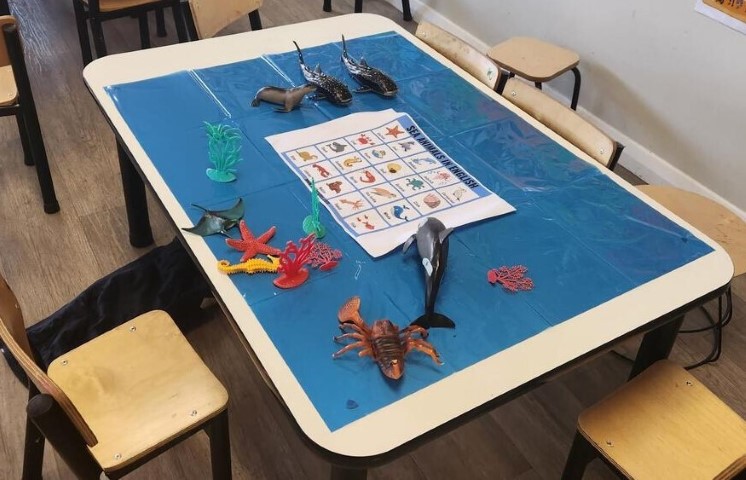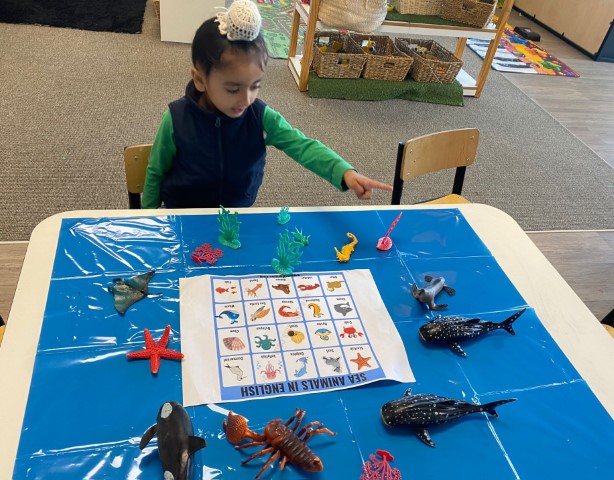LATEST STORIES
Glimpse of Sea Week
By making a connection with the natural environment children can form a healthy relationship with Pᾱpatῡᾱnuku, show love, care, and respect to their environment as they grow and make sense of the world around them.
This notion underpins strand 5-exploration of Te Whāriki (Ministry of Education, 2017) which highlights diverse knowledge and ways of practicing borders, the way we demonstrate respect for the environment. Hence, for Sea Week at the Centre, we facilitated varied learning experiences where tamariki actively engaged by having hands-on to gain understanding and knowledge of the topic of Sea. Through observations, we gathered that children were captured on multiple occasions initiating, engaging in meaningful conversations with peers and teachers, exploring objects and materials relating to sea life, and taking control of their learning. Open-ended resources guided children's learning without taking over.
Children's active engagement was noted as they used their senses to explore and make sense of the things around them. This experience enhanced their understanding of life under the sea and supported to enhancement of their creativity, language, cognitive, and participation skills. They were also learning to show respect to their learning environment and cooperate with teachers in maintaining their learning space.
This experience allowed children opportunities to manipulate, explore and experiment with materials, combining materials and using them in many ways, Te Whāriki (Ministry of Education, 2017) recommends teachers promote the sense of “kaitiakitanga” by creating regular opportunities for children to build a relationship “with the wider natural environment and materials drawn from nature” p 35.







